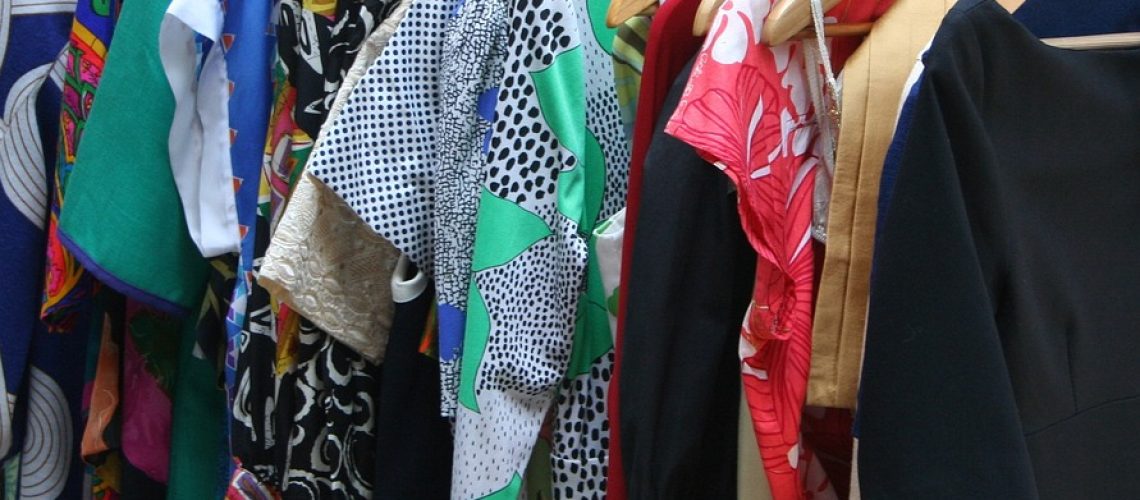The second-hand market is showing resilience despite the tough trading environment, as it grows 10% year-on-year. To some extent, the impact of Covid-19 over the last two years and slow economic growth has led to consumers seeking alternative shopping avenues.
“These businesses traded well through Covid, and indications show that they will continue to trade positively going forward. The second-hand market is unique in that it catches both parts of the economic cycle,” says Warren Pratt, Industry Specialist: Retail at FNB Franchising.”
“The parts they catch is buying and selling of second-hand goods, the selling of new goods and secured and unsecured lending,” adds Pratt as he unpacks some trends in the second-hand goods market:
- Retail shopping: The second-hand goods retail trade is often viewed incorrectly as one that caters for the lower LSM market. However, the global trend towards items such as high-quality furniture, repurposed items, gold, electronic equipment such as cellphones, laptops and musical equipment has seen the industry attract buyers that wouldn’t normally consider second-hand purchases.
- Trade-in: there are stores that give good discounts when you return your product for a newer vision of the same product, especially in the technology sector. This trend has driven growth in the second-hand goods market as some consumers prefer to buy from the resellers due to the discounted price.
- Credit: The sector also provides secured and unsecured lending, many in the country have irregular income and high debt levels, and they turn to second-hand good stores that offer unsecured advances. Some companies in the sector offer secured loans to consumers using personal items such as cell phones, jewellery and laptops.
“Due to the need in the market for these types of businesses, we should see a growth in new stores being set up over the next 12 months. In the international market, we have seen retail shops selling high end clothing products. In the South African market, this has been slow, however, our view is that the market will also adopt this trend,” says Pratt.
“While there has been slow but steady growth over the past 12 months up to June 2022, the last 4 months saw a large number of stores within the industry growth of between 5%-10% and this trend is set to continue,” conclude Pratt.

